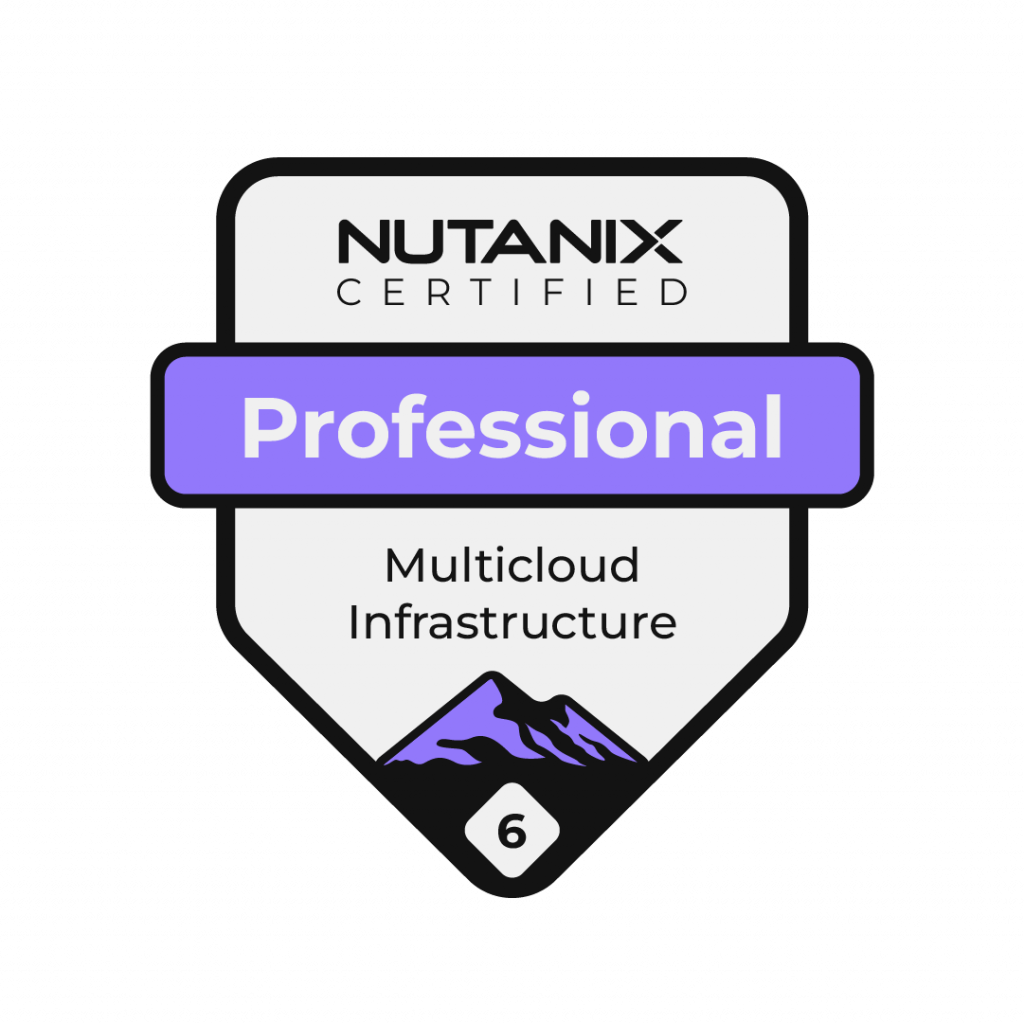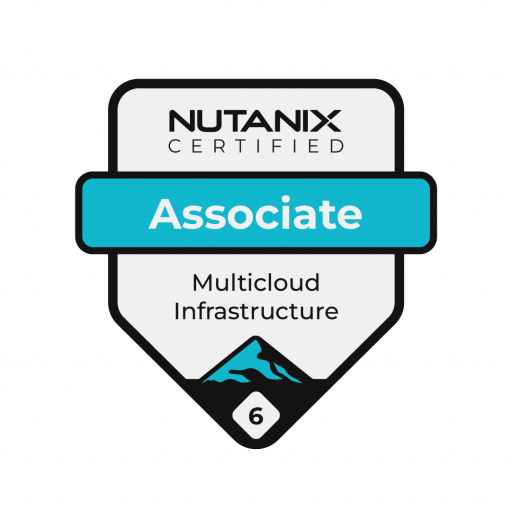Nutanix released new minor versions of AOS, AHV, and PC with a few new features and many resolved issues in AOS, AHV, and Prism Central.
If you’re waiting for the first patch to upgrade your clusters to AOS 7 and PC 2024.3, make sure to read the release notes, resolved issues, and known issues. Maybe it’s time to upgrade.
For AOS 7.0.1 and AHV 10.0.1, there is a new feature:
AMD Turin Processor Support – Starting with AOS 7.0.1, AOS supports nodes based on the AMD Turin processor, such as Nutanix G10 platforms.
Currently, Nutanix has qualified the AMD Turin processor for Lenovo HX platforms.
For Prism Central 2024.3.1:
There are few features related to NCM, but I want to highlight a new and highly anticipated feature called Power Monitor – Starting with pc.2024.3.1, you can gain insights into the power consumption of your IT infrastructure by enabling the Power Monitor feature. Power Monitor collects real-time power usage data at the node and cluster levels and displays this historical data as line charts on the Prism Central dashboard.
You can read more on how Prowe Usage works in the documentation.
All releases have a lot of resolved issues, and you can check them here (requiring authentication):
Resolved Issues – AOS 7.0.1;
Resolved Issues – AHV 10.0.1;
Resolved Issues – pc.2024.3.1.
![]()



